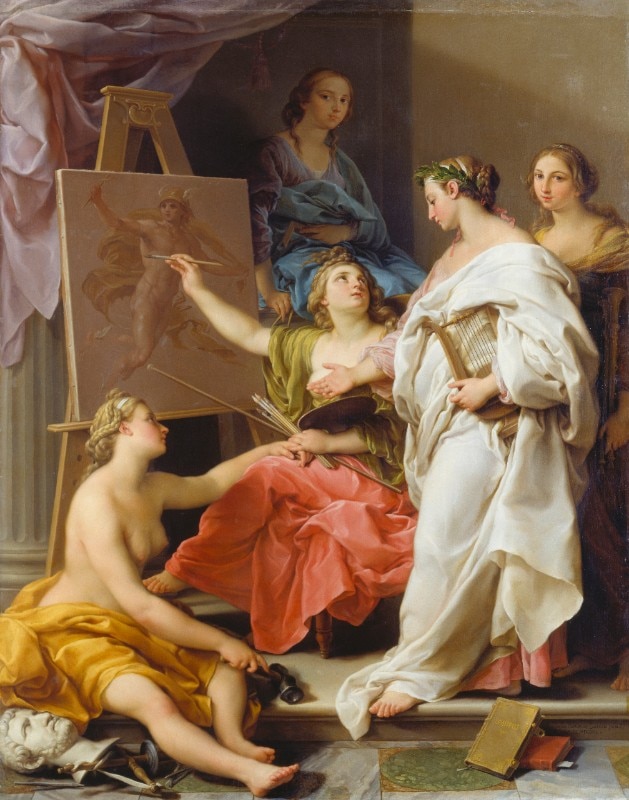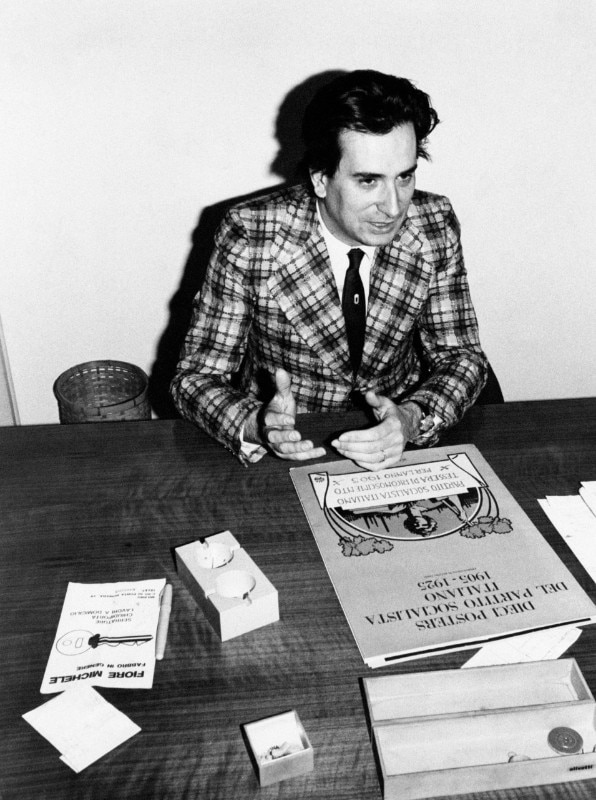This interview was published in Domus 1079, February 2023.
“In a traditional sense, the arts are closely linked. Architecture cannot fully express itself if painting or sculpture stay out of the picture. Especially when I built churches, I felt the need to establish the iconological side as well, because it allows you to convey ideas with greater clarity than through architecture alone. I’m an iconologist architect, and I always try to express meaning, which is perhaps not immediately recognisable, but in one way or another it reaches the final user.” Paolo Portoghesi – an architect, architecture theorist and historian, professor emeritus and, perhaps, the greatest expert of his generation on Francesco Borromini – speaks to me with a smile.
A quest’arte rimprovero il fatto che si sia allontanata troppo dal passato. La pittura e la scultura sono nate per rappresentare. Il far vedere la realtà attraverso il filtro degli occhi, della persona e della propria identità è qualcosa d’insostituibile.
Paolo Portoghesi
“I’ve lived with great artists, and I must admit, these friendships have been fundamental, particularly at the start of my career: Paolo D’Orazio and Alberto Ziveri, just to mention two. I’m passionate about art, especially abstract art. I saw it grow and develop, but almost with the intention of erasing everything else.” In the latest period of his research, Portoghesi has analysed the relationships between humans and nature, but he has always given preference to art. “In my definition, the arts are painting and sculpture; they’ve been essential to my education and experiences. I believe this is why I view conceptual art with detachment. It interests me but it doesn’t grab me.”

In his home in Calcata, a small town outside Viterbo, not far from Rome, where he has lived for many years, we find works by Futurists, Art Nouveau objects and interesting decorations just about everywhere. “I blame this form of art for having distanced itself too much from the past. Painting and sculpture are born for representation. Displaying reality through the filter of the eyes, of a person, of one’s own identity is irreplaceable.”
Portoghesi is writing another book. The topic is beauty, and it ideally engages with artists from the future. “It’s a bit ambitious, I know. It’s a conversation that tries to convince future artists that beauty, regardless of the ends art may have, which obviously are free, is a tool for easy exchange with others and, therefore, it is the most powerful element of communication, on a level that is not just about giving or receiving. It’s something where the giver and the receiver are active. Both work together, because there’s nothing better in the aspirations of an artist than finding a dialogue.”
We are born to converse with each other, Friedrich Hölderlin once said. And Portoghesi believes this, too. “Beauty has meaning also because it facilitates dialogue and helps to surpass the class divisions that still exist, and which have perhaps become deeper.”
Opening image: Paolo Portoghesi (Rome, 2.11.1931), Italian architect, academic, theorist of architecture and member of the postmodern current, in a photo from 1965; Pompeo Girolamo Batoni, Allegory of the Arts, 1740, oil on canvas. Photo Adriano Alecchi / Mondadori via Getty Images


